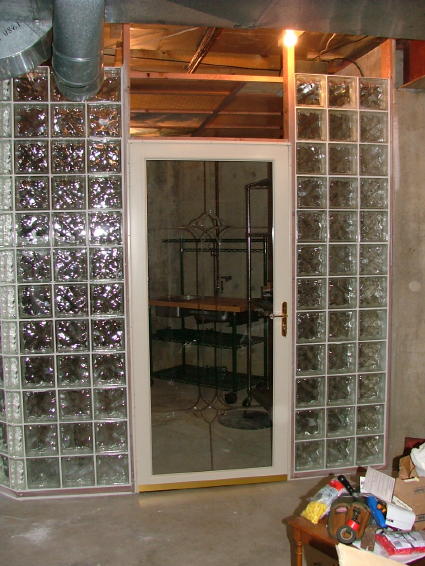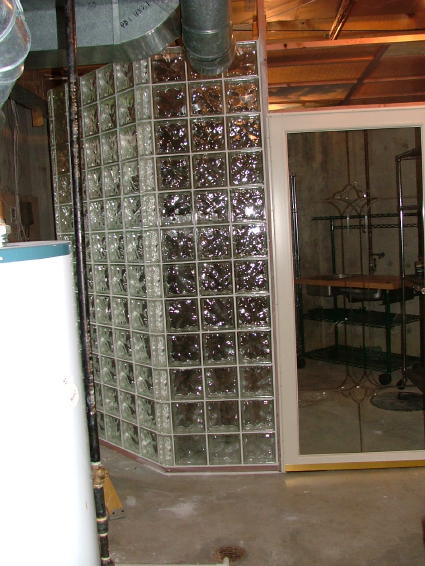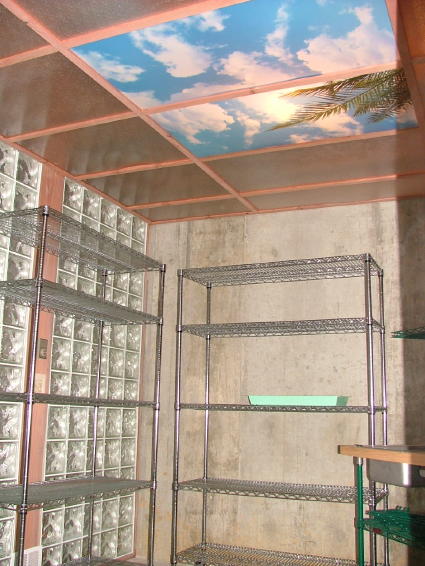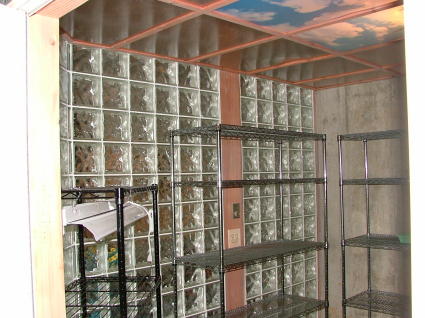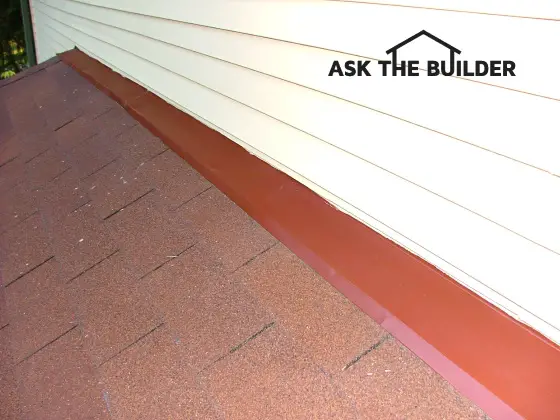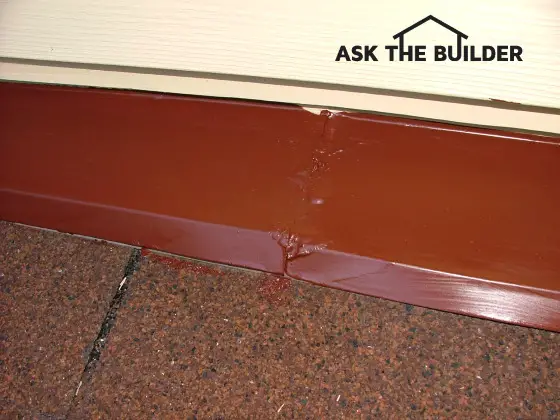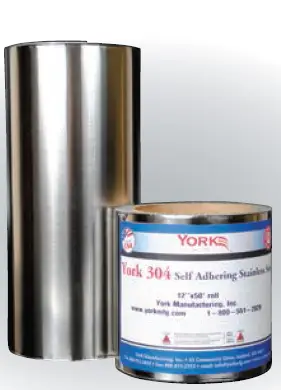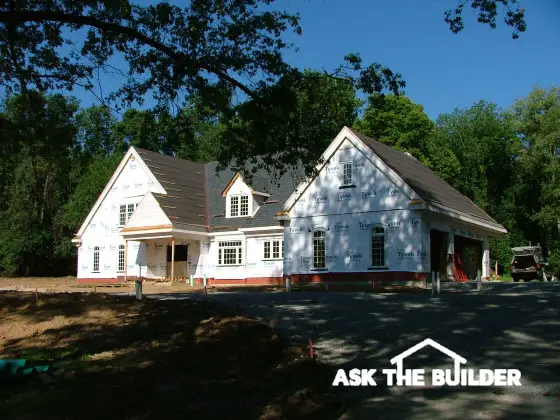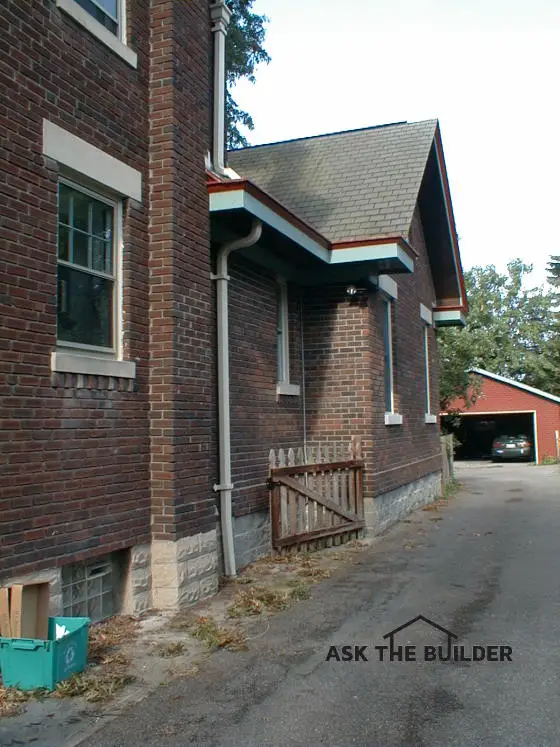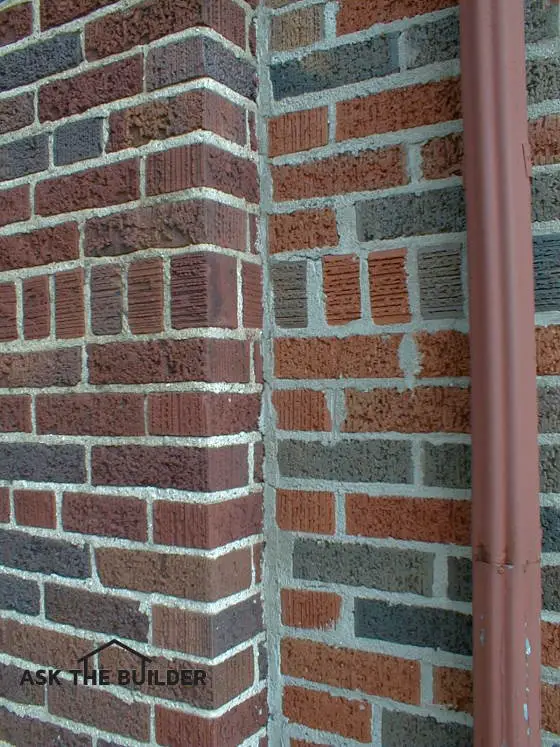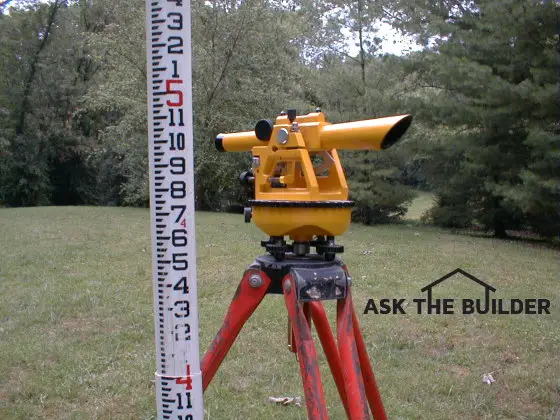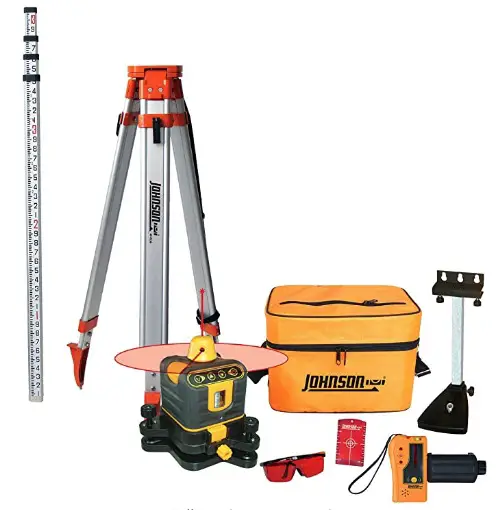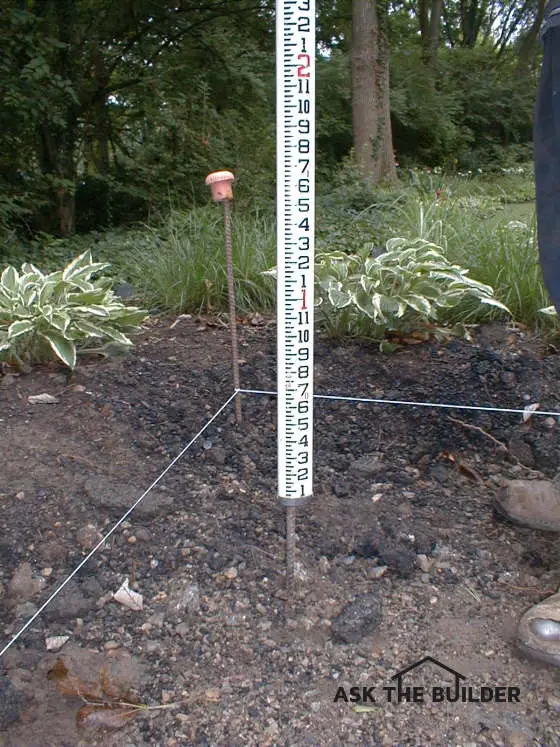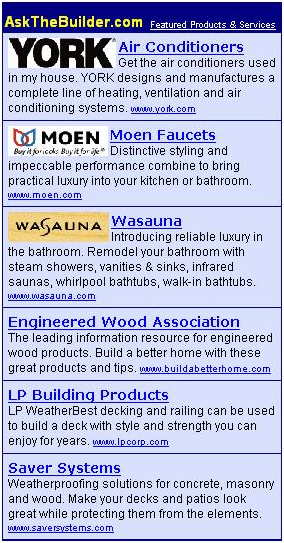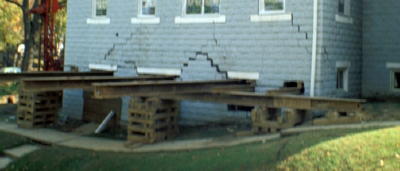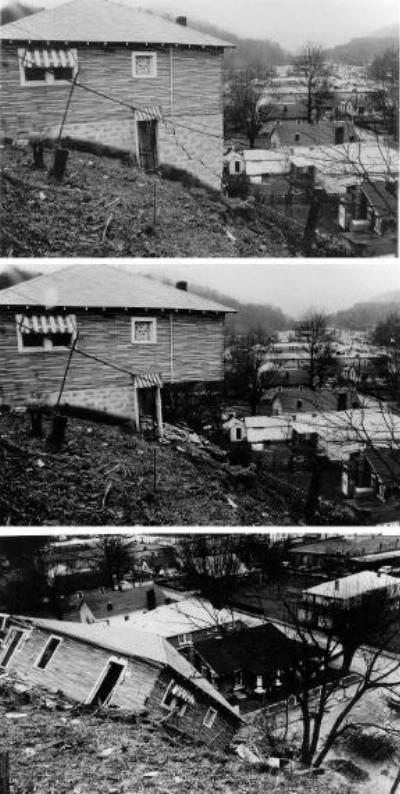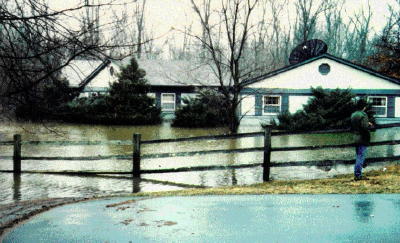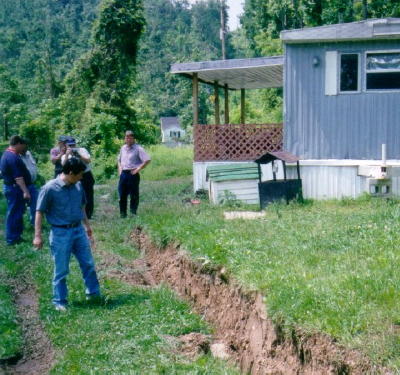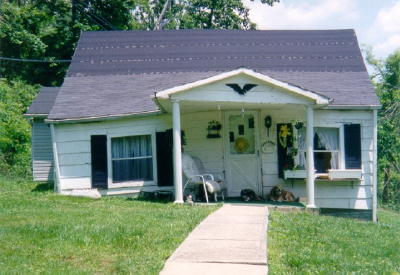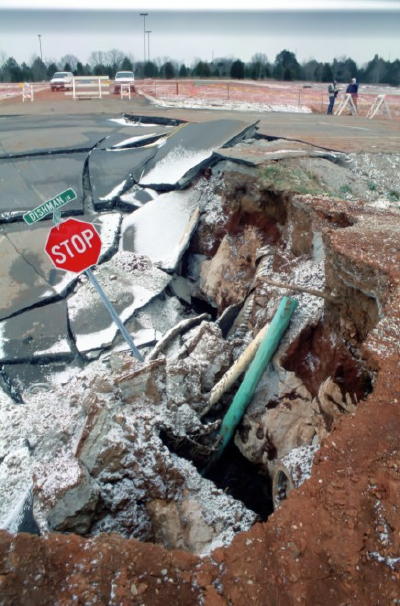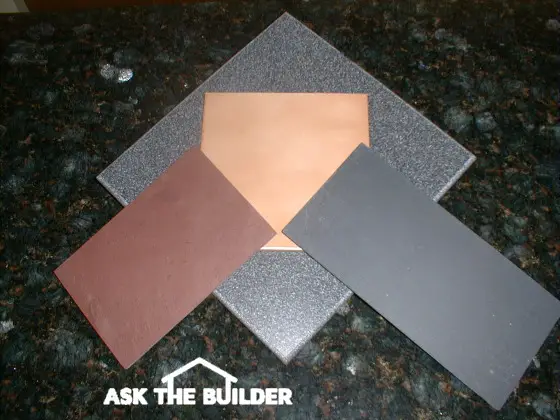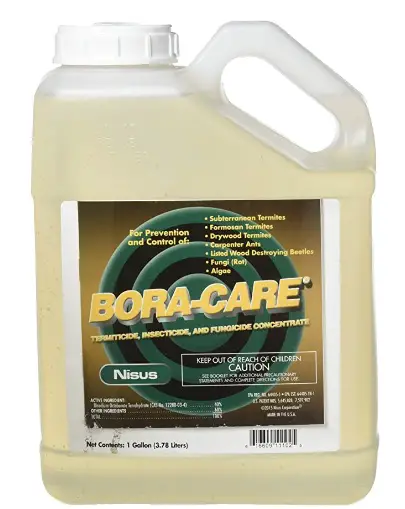
Thank goodness for power miter box saws and long-lasting L.L. Bean flannel shirts!
The Autobiography of Tim Carter
Life began for me in the early 1950's. I was born and raised in the University Heights (South Clifton) suburb of Cincinnati, Ohio. As I replay the tape of my early childhood, it keeps turning up memories of great places to play. A dense stretch of woods started just up the street behind Joe Conrad's house and passed behind my house extending all the way down to McMicken Street. Within these woods one could find a wonderful creek and both the short and long trails that wound through the dense woods down to Central Parkway and the abandoned subway tunnels.
Across the street from my home, directly behind the Little Sisters of the Poor, there was another wooded ravine where the mysterious swamp could be found. The ravaged and charred remains of my Texaco tanker ship are still there. It exploded and sunk in the fabled swamp when an M-80 ignited; by a time-delay cigarette fuse blew it to kingdom come.
In the early 1960's, the ravine was filled in with thousands of truck loads of dirt to create a new connector roadway between Dixmyth and Clifton Avenues. That connector road is now part of Martin Luther King Drive.
It didn't take long for my buddies Roger Boncutter, Pekka and Charles Mooar, Mike Wilson, Billy Gottesman and several others to discover that a few scrap pieces of wood and some rocks piled up on one of these mounds of dirt made a great fort to protect you from incoming mudballs. Many a day my friends and I would play war among the piles of dirt. It was great fun, that is, until you got hit in the head with one of those hard mudballs!
Life Scout and Ad Altare Dei
I was really active in Boy Scouts. I didn't make it to Eagle Scout (I needed just 6 merit badges), because I could not swim. Two of the required merit badges were Swimming and Lifesaving. I had about as much chance of getting those merit badges as growing wings from my ears. However, two of the merit badges I did receive were Home Repairs and Journalism. Now isn't that a coincidence? I made it to the rank of Life scout, and got my religious Ad Altare Dei medal.
Not only that, my first job ever was collecting paper-route money for The Cincinnati Enquirer. I was eight years old. Two years later, I had my own afternoon paper route delivering The Cincinnati Post & Times Star. It was a one-hundred-paper route, and I made one penny per paper. That was huge money back then, as each week I got paid six dollars! To put that into perspective, some of my friends got 50 cents allowance each week while others got maybe a quarter.
High School and the Clumsy Years
High school was a really fun time. I got to date lots of great girls - as none of us were really yet adults. Let's see there was Carol Voss, Mary Chris Funch, Cindy Conrad, Patty Gorman and several others. I also didn't pay attention in Latin class, so I had to go to summer school. That is where I met Mary Gene Helmick.
I went to Roger Bacon High School. Many days after school I worked at Skyline Chili. During my senior year in high school, I was the editor of my school's newspaper, The Baconian. Although I couldn't hear them, the cosmic tumblers were starting to interlock as I had my own opinion column in each issue. I used this column to poke fun at the administration, classmates, and other schools.
Go for Throttle Up
Kathy, my lovely and patient wife, also waltzed into my life during my high school years. The University of Cincinnati felt sorry for me or else they were shy of their enrollment quota. In any event, that's where I got my Bachelor of Science degree. My major was Geology.
My brain finally got jump-started in college. I wasted lots of brain juice in high school just messing around. But once in college, I really took things seriously.
What a difference it makes when you study and turn assignments in on time. Because I knuckled down and got an overall average of 3.46 or something like that, I was offered a full scholarship and an assistantship for a Master's Degree in Engineering Geology. Believe it or not, I turned this opportunity down. I wanted to go into business for myself.
It's Time To Build
Three months after graduating from college, Kathy and I got married. She worked as a clerk at a hospital. I went to work fixing up old houses. Small jobs led to bigger and bigger jobs. Before our first wedding anniversary, we bought our first house. It was in really bad shape. I fixed it up and turned a profit.
Back then we didn't call it flipping, but that is what I had done - I had flipped a house. In fact, the term used in the 1970's was rehabbing. This delightful house was purchased for $8,500.00. I spent $8,000.00 in materials and for some labor to fix it up. It took only five months.
Kathy and I moved into the home, but started to look for another rehabbing opportunity. After one year, we decided to buy a larger home that needed work. Back when I purchased the first home, I had estimated the house might sell for $21,000.00. I goofed up. It sold for $35,000.00 just 14 months after buying it. That enormous profit was enough to tell me that construction and real estate were the places to be. The construction bug had bitten me, and quite hard I might add.
I rehabbed more houses, did contract work for other homeowners, and eventually began to build custom homes. The new houses were always fun. It seemed like a picnic, as I could actually work on top of a foundation that was level and square! The remodeling jobs grew more complex. By the mid-1980's, I was constructing ultra-custom $250,000 room additions and $75,000 kitchen remodels.
Every aspect of residential construction interested me. I read technical journals about how to do everything. Then I tried to do the things myself. Soon I figured out that you can't do every task at the jobsite. You had to invest too much money in equipment that was seldom used, and you couldn't multi-task.
Once a job is under roof, several trades can work simultaneously. I gravitated towards carpentry, plumbing, ceramic tile and concrete. Over the years, I became a master carpenter, a licensed master plumber and a master roof cutter. There is nothing quite like the feeling of completing a complex common framed roof or installing three floors of cast-iron plumbing stacks.
I also became a licensed real estate salesperson in 1975. Ten years later, I had fulfilled the requirements to sit for the broker's exam. I have been a licensed real estate broker in Ohio since 1986.
The New Media Career
In 1993, I was selected as one of the top 50 remodelers in the United States by Remodeling magazine. They publish an excellent trade magazine. This award enabled me to begin a new media career. Kathy suggested that I take my book idea and turn it into a syndicated newspaper column.
I had always wanted to write a book about how the average homeowner gets taken by builders and remodelers, primarily because many workers simply do not do things the right way. She was right! It worked. AsktheBuilder was born on October 2, 1993, and continues to be sold to new newspapers each month.
In March of 1994, I started my radio broadcasting career. I ended this career in the spring of 2006, because I determined I could better spend my time creating more content on AsktheBuilder.com. I also do 90 second television segments that are very popular at YouTube Video. Just click that link and once there, type " Tim Carter" into the search box. I think you will really enjoy what you see.
Sigh.... Not All Information Out There is Accurate
Each year I attend many trade shows and editors conferences so I can report on the latest products and building systems. At these events, I have had the pleasure and good fortune to meet many other media personalities.
What I have learned after talking with some of these people is that very few of them have an extensive background in residential building and remodeling. Be sure to keep that in mind when you read other columns in newspapers magazines or on the Internet.
Also, be careful about the advice you might hear on certain radio shows. As much as I hate to say it, some of the hosts of these shows have no extensive hands-on experience building or remodeling homes. Sure, they may have done a project around their own home, but that does not qualify. The real world of building and remodeling happens when you must satisfy both the building inspectors AND discriminating customers.
Be really vigilant when you watch the bubbly personalities on cable television shows where the advice often seems a little too good to be true. What you see on television is not always what really happened at the jobsite. It is amazing what can be hidden by a wide camera shot, or how an editor can cast a magical spell over the tape during post production editing. I know this as I have seen them do it.
Here at AsktheBuilder.com, I try to tell you the simple facts. Some jobs are easy, but others may be very difficult. Because I have decades of hands-on experience in every aspect of residential construction, I can tell you the truth about the complexity of different tasks.
Why tell you a project is easy, when in fact it is hard and you need $1,200.00 or more worth of tools to do the job right? Some other media personalities, I feel, can be a little misleading. I try to tell you the cold hard facts. One of my mottos is:
A Swig of Reality Juice Can be Bitter,
But It Makes the Job Go Better.
I am proud to say I worked for nearly twenty years, often six days a week, in the field with a tool belt on. I didn't ride around in a truck and call subcontractors on my bag phone. What? You don't know what a bag phone is? They were one of the first cellular phones!
Well, that's the scoop. Hey, are you still awake? If so, I hope you enjoy this and future visits to the AsktheBuilder.com. If you have a question be sure to first use the navigation key words on the left of each page on this website. You can also use the Search Engine in the upper left corner of each page. If you still need help, just click the handy link just below.
Thanks for stopping by AsktheBuilder.com!
Learn more about Tim by visiting his Google Profile.
